ENiM 10 - 2017 (ISSN 2102-6629)
Sommaire
Pages
1-5
 Depuis le XIXe siècle, il est parfois avancé que le prince Mérenptah, fils de Ramsès II, aurait été grand prêtre de Ptah à Memphis à la suite de son frère Khâemouaset. L’auteur montre tout d’abord que les sources utilisées ne sont pas pertinentes, puis explique qu’un grand prêtre de Ptah étant attesté du règne de Ramsès II à celui de Mérenptah, ce dernier ne put l’être. Deux chaouabtis publiés récemment, mentionnant un grand prêtre de Ptah homonyme, ainsi que le cas de Hori fils de Ptahmès sont également abordés.
Depuis le XIXe siècle, il est parfois avancé que le prince Mérenptah, fils de Ramsès II, aurait été grand prêtre de Ptah à Memphis à la suite de son frère Khâemouaset. L’auteur montre tout d’abord que les sources utilisées ne sont pas pertinentes, puis explique qu’un grand prêtre de Ptah étant attesté du règne de Ramsès II à celui de Mérenptah, ce dernier ne put l’être. Deux chaouabtis publiés récemment, mentionnant un grand prêtre de Ptah homonyme, ainsi que le cas de Hori fils de Ptahmès sont également abordés.
 Since the XIXth century, we can sometimes read in egyptological literature that the prince Merenptah, son of Ramesses II have been High Priest of Ptah at Memphis after his brother Khaemwaset. The author firstly shows that sources used are not relevant. He then explains that a High Priest of Ptah is already attested from the end of the reign of Ramesses II until Merenptah. Consequently, the latter could not have been High Priest. Two shabtis published recently, mentioning a High Priest of Ptah named Merenptah and the case of Hori son of Ptahmes are also discussed.
Since the XIXth century, we can sometimes read in egyptological literature that the prince Merenptah, son of Ramesses II have been High Priest of Ptah at Memphis after his brother Khaemwaset. The author firstly shows that sources used are not relevant. He then explains that a High Priest of Ptah is already attested from the end of the reign of Ramesses II until Merenptah. Consequently, the latter could not have been High Priest. Two shabtis published recently, mentioning a High Priest of Ptah named Merenptah and the case of Hori son of Ptahmes are also discussed.
Pages
7-23
 Les Chardanes faisaient partie des Peuples de la mer qui attaquèrent l’Égypte pendant la période ramesside. Les pillards chardanes étaient des ennemis de l’Égypte au début du règne de Ramsès II, qui proclama sa victoire sur eux. Après leur défaite, beaucoup d’entre eux furent capturés et intégrés dans l’armée égyptienne, devenant l’une des meilleures troupes d’auxiliaires étrangers. Ils furent employés par les Égyptiens pendant toute la période ramesside. Ils servirent comme unités d’infanterie ou comme gardes du corps du roi. Les célèbres reliefs décrivant la bataille de Qadech et la bataille de Dapour au temps de Ramsès II, la guerre libyenne de Mérenptah, ou les guerres libyennes et du nord de Ramsès III, mentionnent la présence significative des unités chardanes dans l’armée égyptienne. Cet article examine et discute le rôle des guerriers chardanes dans l’armée égyptienne pendant la période ramesside.
Les Chardanes faisaient partie des Peuples de la mer qui attaquèrent l’Égypte pendant la période ramesside. Les pillards chardanes étaient des ennemis de l’Égypte au début du règne de Ramsès II, qui proclama sa victoire sur eux. Après leur défaite, beaucoup d’entre eux furent capturés et intégrés dans l’armée égyptienne, devenant l’une des meilleures troupes d’auxiliaires étrangers. Ils furent employés par les Égyptiens pendant toute la période ramesside. Ils servirent comme unités d’infanterie ou comme gardes du corps du roi. Les célèbres reliefs décrivant la bataille de Qadech et la bataille de Dapour au temps de Ramsès II, la guerre libyenne de Mérenptah, ou les guerres libyennes et du nord de Ramsès III, mentionnent la présence significative des unités chardanes dans l’armée égyptienne. Cet article examine et discute le rôle des guerriers chardanes dans l’armée égyptienne pendant la période ramesside.
 The Sherden were a part of Sea Peoples who attacked Egypt during the Ramesside period. The Sherden raiders were enemies of Egypt at the beginning of the reign of Ramesses II, who proclaimed its victory on them. After their defeat, many of them were captured and integrated into the Egyptian army, becoming one of the best troops of foreign auxiliaries. They were used by Egyptians during all the Ramesside period. They served as units of infantry or as bodyguards of the king. The famous reliefs describing the battle of Qadech and the battle of Dapour in the time of Ramesses II, the Libyan war of Merenptah, and the Libyan and northern wars of Ramesses III, refer to the significant presence of the Sherden units in the Egyptian army. This paper surveys and discusses the military role of Sherden warriors in the Egyptian army during the Ramesside period.
The Sherden were a part of Sea Peoples who attacked Egypt during the Ramesside period. The Sherden raiders were enemies of Egypt at the beginning of the reign of Ramesses II, who proclaimed its victory on them. After their defeat, many of them were captured and integrated into the Egyptian army, becoming one of the best troops of foreign auxiliaries. They were used by Egyptians during all the Ramesside period. They served as units of infantry or as bodyguards of the king. The famous reliefs describing the battle of Qadech and the battle of Dapour in the time of Ramesses II, the Libyan war of Merenptah, and the Libyan and northern wars of Ramesses III, refer to the significant presence of the Sherden units in the Egyptian army. This paper surveys and discusses the military role of Sherden warriors in the Egyptian army during the Ramesside period.
Pages
25-50
 Le dessus du couvercle du sarcophage d’Ourechnefer, conservé au Metropolitan Museum of Art de New York sous le numéro d'inventaire 14.7.1b, est le support d’une représentation cosmologique unique à ce jour. L’espace délimité par le corps de la déesse Nout arc-boutée à l’image de la voûte céleste, est occupé par un immense cercle qui constitue le centre de la représentation. Il est surmonté par une figure féminine ouvrant les bras alors qu’il est soutenu par une paire de bras levés prenant appui sur une paire de jambes. Ce cercle, constitué d'un centre et de deux anneaux concentriques, représente non seulement l’Égypte et ses régions limitrophes mais aussi un espace mystérieux en relation avec l’au-delà et la régénération. L’ensemble de la représentation est, selon nous, une interprétation de la première heure du Livre du jour, illustrant la déesse Nout mettant au monde le soleil et donc le cosmos. Cette création iconographique, aux multiples niveaux de lecture, témoigne d’une conception du monde élaborée dans laquelle cosmogonie et cosmologie se rejoignent.
Le dessus du couvercle du sarcophage d’Ourechnefer, conservé au Metropolitan Museum of Art de New York sous le numéro d'inventaire 14.7.1b, est le support d’une représentation cosmologique unique à ce jour. L’espace délimité par le corps de la déesse Nout arc-boutée à l’image de la voûte céleste, est occupé par un immense cercle qui constitue le centre de la représentation. Il est surmonté par une figure féminine ouvrant les bras alors qu’il est soutenu par une paire de bras levés prenant appui sur une paire de jambes. Ce cercle, constitué d'un centre et de deux anneaux concentriques, représente non seulement l’Égypte et ses régions limitrophes mais aussi un espace mystérieux en relation avec l’au-delà et la régénération. L’ensemble de la représentation est, selon nous, une interprétation de la première heure du Livre du jour, illustrant la déesse Nout mettant au monde le soleil et donc le cosmos. Cette création iconographique, aux multiples niveaux de lecture, témoigne d’une conception du monde élaborée dans laquelle cosmogonie et cosmologie se rejoignent.
 The top of the lid of the Wereshnefer sarcophagus, preserved at the Metropolitan Museum of Art in New York under inventory number 14.7.1b, is the support of a single cosmological representation to this day. The space delimited by the body of the goddess Nut, as curved as the celestial vault itself, is occupied by a huge circle which constitutes the representation center. Above it, stands an arm opened female figure while it is supported by a pair of raised arms resting on a pair of legs. This circle, consisting of a center and two concentric rings, represents not only Egypt and its neighboring countries but also a mysterious space in relation to the beyond and regeneration. The whole representation is, in our opinion, an interpretation of the first hour of the Book of the Day, illustrating the goddess Nut bringing the sun into the world and therefore the cosmos itself. This iconographic creation, with multiple levels of reading, testifies to a conception of an elaborate world in which cosmogony and cosmology meet.
The top of the lid of the Wereshnefer sarcophagus, preserved at the Metropolitan Museum of Art in New York under inventory number 14.7.1b, is the support of a single cosmological representation to this day. The space delimited by the body of the goddess Nut, as curved as the celestial vault itself, is occupied by a huge circle which constitutes the representation center. Above it, stands an arm opened female figure while it is supported by a pair of raised arms resting on a pair of legs. This circle, consisting of a center and two concentric rings, represents not only Egypt and its neighboring countries but also a mysterious space in relation to the beyond and regeneration. The whole representation is, in our opinion, an interpretation of the first hour of the Book of the Day, illustrating the goddess Nut bringing the sun into the world and therefore the cosmos itself. This iconographic creation, with multiple levels of reading, testifies to a conception of an elaborate world in which cosmogony and cosmology meet.
Pages
51-88
 Des papiers non publiés de Jacques-Joseph Champollion-Figeac conservés à Grenoble, aux Archives départementales de l’Isère, permettent de mettre en lumière de nouvelles informations à propos de l’expédition française de 1830 envoyée à Louxor, en Égypte, pour rapporter à Paris l’obélisque donné à J.-Fr. Champollion par Méhémet Ali. Pendant leur séjour à Thèbes, les officiers de l’équipe payèrent le drogman Youssouf Kashef pour l’extraction du sarcophage de la Divine Adoratrice Ânkhnesneferibrê à Deir al-Médîna. Il fut transféré en France par les officiers, avec l’obélisque, avec l’intention de le vendre au gouvernement français qui refusa la transaction. En 1836, sans que l’on sache comment, les officiers français purent vendre le sarcophage au British Museum.
Des papiers non publiés de Jacques-Joseph Champollion-Figeac conservés à Grenoble, aux Archives départementales de l’Isère, permettent de mettre en lumière de nouvelles informations à propos de l’expédition française de 1830 envoyée à Louxor, en Égypte, pour rapporter à Paris l’obélisque donné à J.-Fr. Champollion par Méhémet Ali. Pendant leur séjour à Thèbes, les officiers de l’équipe payèrent le drogman Youssouf Kashef pour l’extraction du sarcophage de la Divine Adoratrice Ânkhnesneferibrê à Deir al-Médîna. Il fut transféré en France par les officiers, avec l’obélisque, avec l’intention de le vendre au gouvernement français qui refusa la transaction. En 1836, sans que l’on sache comment, les officiers français purent vendre le sarcophage au British Museum.
 From the unpublished papers of Jacques-Joseph Champollion-Figeac kept in Grenoble (Archives départementales de l’Isère) new informations are brought to light about the French expedition of year 1830 sent to Luxor, Egypt, to bring to Paris the obelisk given to Jean-François Champollion by Mehemet-Ali. During their stay in Thebes, the officers of the team paid the drogman Y?s?f Kashef for the extraction of the sarcophagus of the Divine Votaress Ankhnesneferibr? at Deir el-Medina. They transferred it to France with the obelisk wanting to sell this monument to the French Government who refused the transaction. In 1836, through an unknown way, the French officers were able to sell the sarcophagus to the British Museum.
From the unpublished papers of Jacques-Joseph Champollion-Figeac kept in Grenoble (Archives départementales de l’Isère) new informations are brought to light about the French expedition of year 1830 sent to Luxor, Egypt, to bring to Paris the obelisk given to Jean-François Champollion by Mehemet-Ali. During their stay in Thebes, the officers of the team paid the drogman Y?s?f Kashef for the extraction of the sarcophagus of the Divine Votaress Ankhnesneferibr? at Deir el-Medina. They transferred it to France with the obelisk wanting to sell this monument to the French Government who refused the transaction. In 1836, through an unknown way, the French officers were able to sell the sarcophagus to the British Museum.
Pages
89-101
 Perdus en plein désert, les bords du Nil sont un biotope prisé par de nombreuses espèces animales et végétales, amenées à coexister sur ce territoire restreint. Les plus opportunistes, à l’exemple des milans, devinrent rapidement des commensaux de l’Homme, aux yeux duquel ils représentent une figure familière du folklore animalier. Si fascinante soient-elles aux yeux des artistes de Pharaon, faune et flore sont pourtant perçues à travers le filtre de la cosmovision qui les dote d’une valeur symbolique plus ou moins forte et polysémique. Produit culturel, jusqu’où le dessin pharaonique pouvait-il être naturaliste ? Au-delà de l’identification d’un taxon précis, le renouveau des approches éthologiques de l’Histoire de l’art égyptien, permet de mieux saisir le fonctionnement du processus de sélection qui conduisent l’imagier à composer un contenu formel à l’attention de ses publics, attentifs à la réactualisation de ses mythes fondateurs.
Perdus en plein désert, les bords du Nil sont un biotope prisé par de nombreuses espèces animales et végétales, amenées à coexister sur ce territoire restreint. Les plus opportunistes, à l’exemple des milans, devinrent rapidement des commensaux de l’Homme, aux yeux duquel ils représentent une figure familière du folklore animalier. Si fascinante soient-elles aux yeux des artistes de Pharaon, faune et flore sont pourtant perçues à travers le filtre de la cosmovision qui les dote d’une valeur symbolique plus ou moins forte et polysémique. Produit culturel, jusqu’où le dessin pharaonique pouvait-il être naturaliste ? Au-delà de l’identification d’un taxon précis, le renouveau des approches éthologiques de l’Histoire de l’art égyptien, permet de mieux saisir le fonctionnement du processus de sélection qui conduisent l’imagier à composer un contenu formel à l’attention de ses publics, attentifs à la réactualisation de ses mythes fondateurs.
 Lost in the desert, the banks of the Nile are a biotope prized by many animal and vegetal species, brought to coexist in this restricted territory. The most opportunistic, like kites, soon became Humans’ commensals, for whom they are a familiar figure of their animal folklore. However they are fascinating into the eyes of Pharaoh’s artists, fauna and flora are perceived through the filter of cosmovision which gives them a symbolic value that is more or less strong and polysemic. As a cultural product, how far could pharaonic drawing be naturalistic? Beyond identifying a specific taxon, the renewal of ethological approaches to the History of Egyptian art, allows us to better understand the functioning of the selection process that leads the illustrator to compose a formal content to the attention of its audiences, attentive to the updating of its founding myths.
Lost in the desert, the banks of the Nile are a biotope prized by many animal and vegetal species, brought to coexist in this restricted territory. The most opportunistic, like kites, soon became Humans’ commensals, for whom they are a familiar figure of their animal folklore. However they are fascinating into the eyes of Pharaoh’s artists, fauna and flora are perceived through the filter of cosmovision which gives them a symbolic value that is more or less strong and polysemic. As a cultural product, how far could pharaonic drawing be naturalistic? Beyond identifying a specific taxon, the renewal of ethological approaches to the History of Egyptian art, allows us to better understand the functioning of the selection process that leads the illustrator to compose a formal content to the attention of its audiences, attentive to the updating of its founding myths.
Pages
103-115
 Sur l’une des parois de la tombe thébaine 143, on peut voir la figuration de deux radeaux, en relation avec le retour d’une expédition du pays de Pount. Ces radeaux ont souvent été interprétés comme des embarcations pountites. Les traditions se rapportant à la mer Rouge font de celle-ci le lieu où furent inventées ces embracations et leur existence y est effectivement attestée jusqu’à très récemment, notamment dans le sud de cette mer. Si cette figuration est incontestablement le plus ancien témoignage de l’existence de ces radeaux, ces derniers n’ont pas en revanche atteint l’Égypte en naviguant mais chargés sur les navires égyptiens revenant de Pount.
Sur l’une des parois de la tombe thébaine 143, on peut voir la figuration de deux radeaux, en relation avec le retour d’une expédition du pays de Pount. Ces radeaux ont souvent été interprétés comme des embarcations pountites. Les traditions se rapportant à la mer Rouge font de celle-ci le lieu où furent inventées ces embracations et leur existence y est effectivement attestée jusqu’à très récemment, notamment dans le sud de cette mer. Si cette figuration est incontestablement le plus ancien témoignage de l’existence de ces radeaux, ces derniers n’ont pas en revanche atteint l’Égypte en naviguant mais chargés sur les navires égyptiens revenant de Pount.
 On one of the walls of the Theban tomb 143, we can see the representation of two rafts, in connection with the return of an expedition from the land of Punt. These rafts have often been interpreted as puntites. Traditions relating to the Red Sea make it the place where these boats were invented and their existence is actually attested there until very recently, especially in the south of this sea. If this figuration is undoubtedly the oldest testimony of the existence of these rafts, they did not however reach Egypt by sailing but were loaded on the Egyptian ships returning from Punt.
On one of the walls of the Theban tomb 143, we can see the representation of two rafts, in connection with the return of an expedition from the land of Punt. These rafts have often been interpreted as puntites. Traditions relating to the Red Sea make it the place where these boats were invented and their existence is actually attested there until very recently, especially in the south of this sea. If this figuration is undoubtedly the oldest testimony of the existence of these rafts, they did not however reach Egypt by sailing but were loaded on the Egyptian ships returning from Punt.
Pages
117-129
 Le fragment C (KRI V 247, 1–8) est un grand bloc détaché qui contient huit lignes de texte provenant de la double stèle de Ramsès III à Karnak. Sa position précise a été débattue depuis les années 1950. Cet article invoque des arguments philologiques et épigraphiques permettant de repositionner le bloc au niveau de la partie supérieure de la stèle septentrionale de Ramsès III. La nouvelle lecture des lignes 7 à 14 de la stèle septentrionale – qui est présentée ici en transcription hiéroglyphique, en translittération et en traduction – respecte la cohérence de l’articulation générale de l’inscription.
Le fragment C (KRI V 247, 1–8) est un grand bloc détaché qui contient huit lignes de texte provenant de la double stèle de Ramsès III à Karnak. Sa position précise a été débattue depuis les années 1950. Cet article invoque des arguments philologiques et épigraphiques permettant de repositionner le bloc au niveau de la partie supérieure de la stèle septentrionale de Ramsès III. La nouvelle lecture des lignes 7 à 14 de la stèle septentrionale – qui est présentée ici en transcription hiéroglyphique, en translittération et en traduction – respecte la cohérence de l’articulation générale de l’inscription.
 Fragment C (KRI V 247, 1–8) is a large loose block with parts of eight lines of Ramesses III’s Great Double Stela in Karnak. Its exact position has been debated since the 1950s. The present paper provides philological and epigraphical arguments for its placement to the upper part of the Northern Stela of Ramesses III’s double monument. The new reading of lines 7–14 of the Northern Stela, which is presented here in hieroglyphic transcript as well as in transliteration and translation, respects the coherence of the overall articulation of the double inscription.
Fragment C (KRI V 247, 1–8) is a large loose block with parts of eight lines of Ramesses III’s Great Double Stela in Karnak. Its exact position has been debated since the 1950s. The present paper provides philological and epigraphical arguments for its placement to the upper part of the Northern Stela of Ramesses III’s double monument. The new reading of lines 7–14 of the Northern Stela, which is presented here in hieroglyphic transcript as well as in transliteration and translation, respects the coherence of the overall articulation of the double inscription.
ENiM 18 - 2025
5 article(s) - 2 avril 2025.
ENiM 1 à 18 (2008-2025) : 224 articles
4 572 882 téléchargements
9 248 904 consulations.
Index des auteurs

Mots clés

Derniers articles : 
Robert Steven Bianchi
Duplication and Continuity
(ENiM 18, p. 13-36 — 11 mars 2025) 
Frédéric Mougenot
Rénénoutet à la porte de la maison
(ENiM 18, p. 1-12 — 29 janvier 2025) 
CENiM - Mise en ligne des volumes Ă©puisĂ©s : 
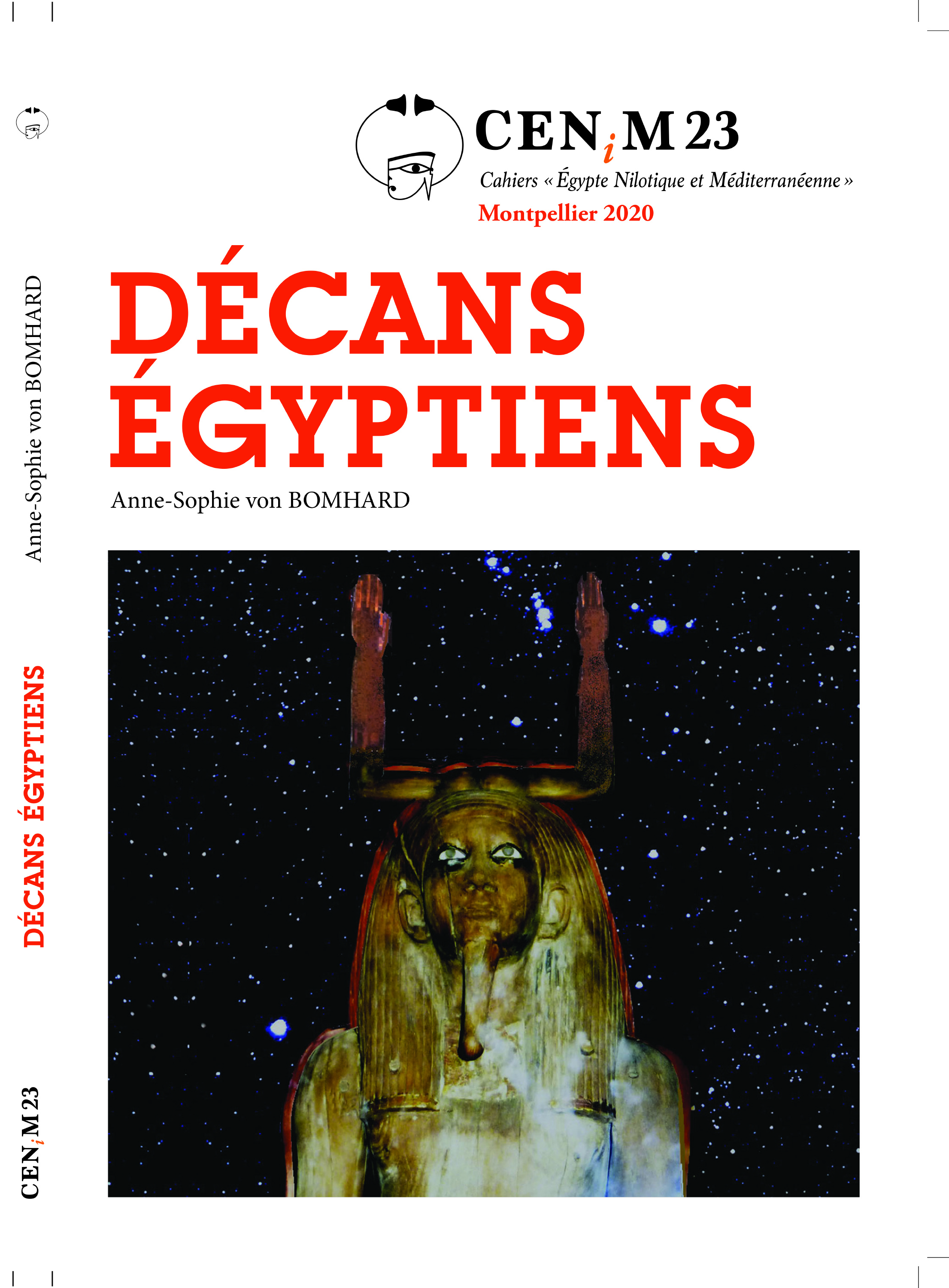 Anne-Sophie von BOMHARD DĂ©cans Ă©gyptiens, CENiM 23, Montpellier, 2020 — (2020)
Anne-Sophie von BOMHARD DĂ©cans Ă©gyptiens, CENiM 23, Montpellier, 2020 — (2020) 
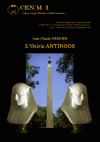 Jean-Claude Grenier L'Osiris ANTINOOS, CENiM 1, Montpellier, 2008 — (26 dĂ©cembre 2008)
Jean-Claude Grenier L'Osiris ANTINOOS, CENiM 1, Montpellier, 2008 — (26 dĂ©cembre 2008) 
TDENiM - Mise en ligne des volumes Ă©puisĂ©s : 
 Twitter
Twitter 3787052 visites - 1064 visite(s) aujourd’hui - 31 connecté(s)
© ENiM - Une revue d’égyptologie sur internet
Équipe Égypte Nilotique et Méditerranéenne - UMR 5140 - « Archéologie des Sociétés Méditerranéennes » (Cnrs) - Université Paul Valéry - Montpellier III
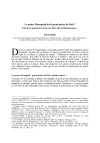
 Télécharger cet article au format pdf
Télécharger cet article au format pdf 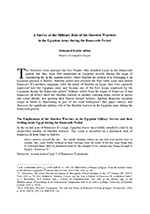
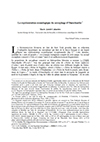
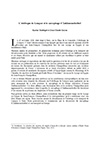
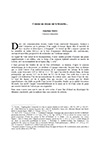
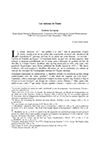
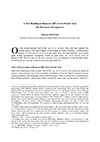
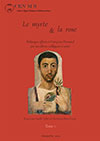
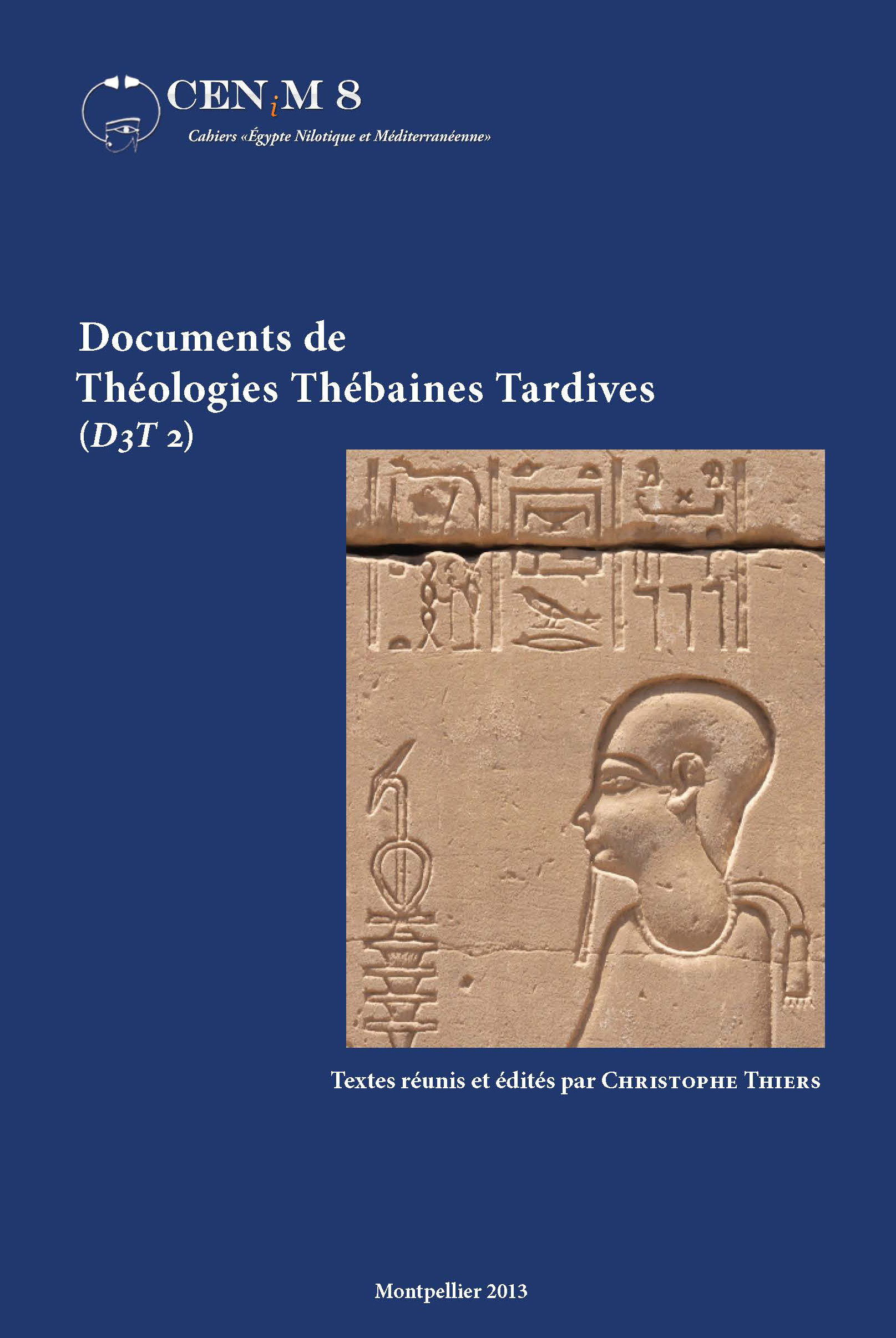

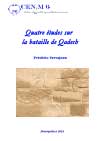
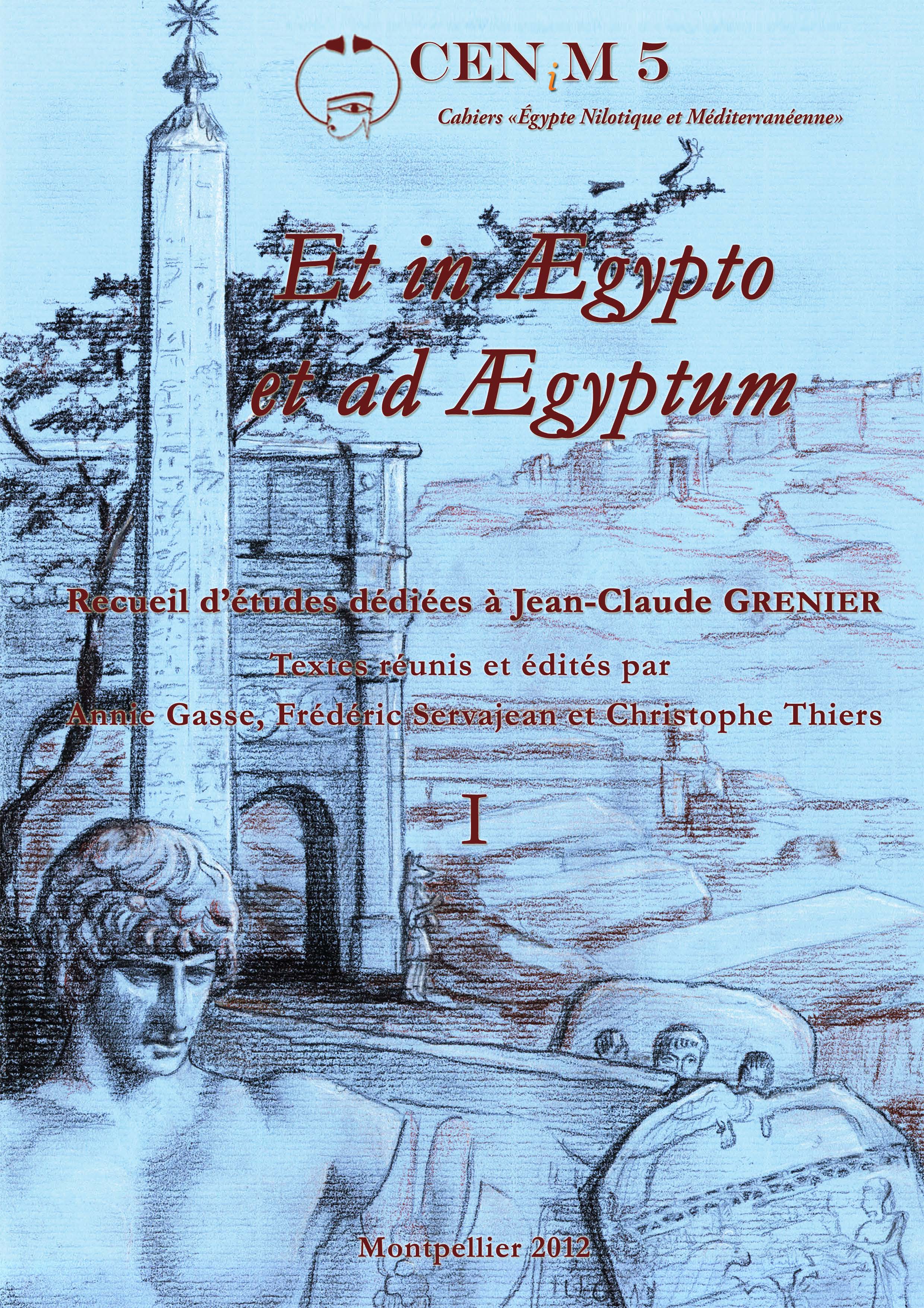
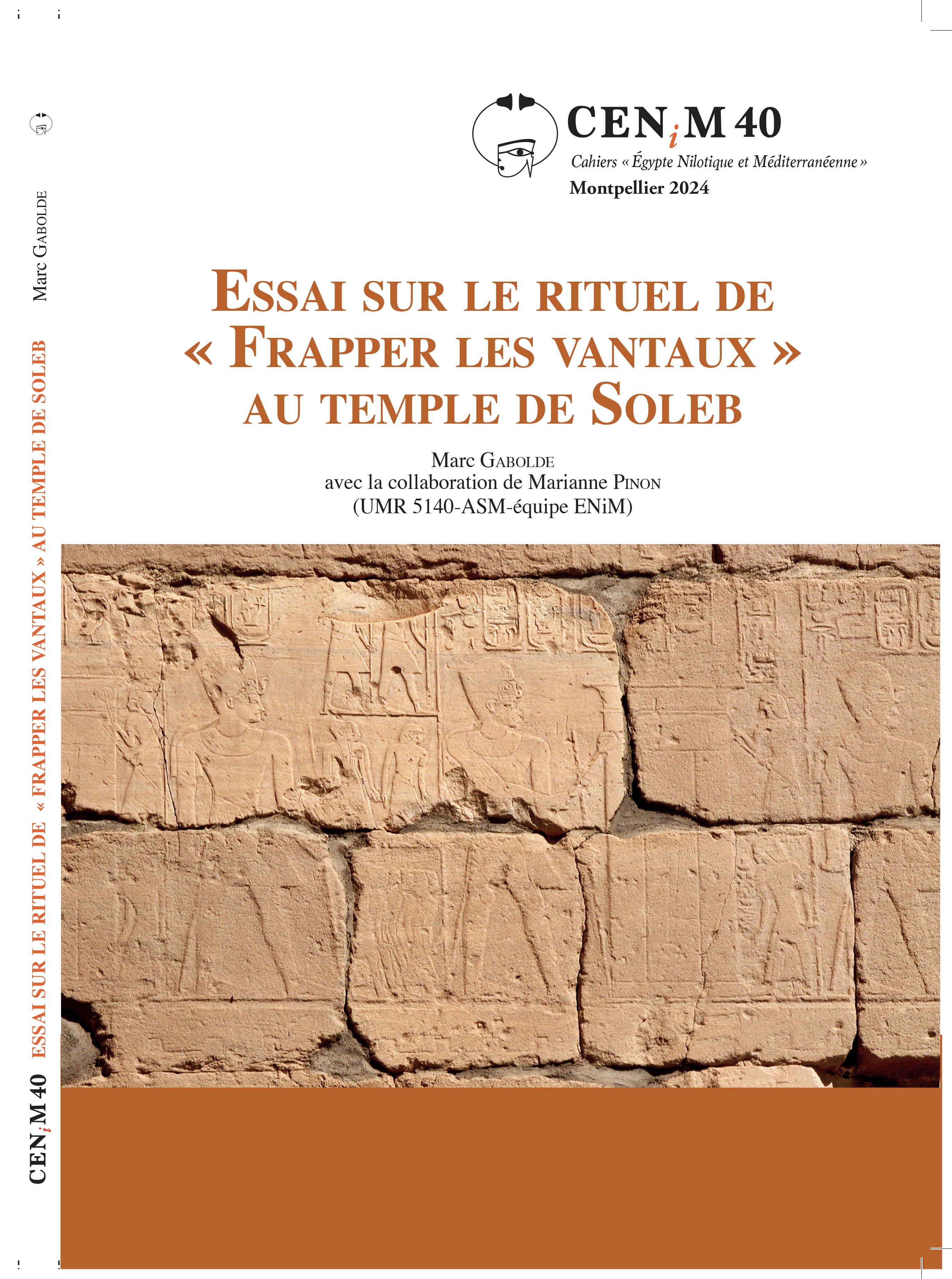
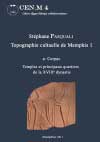
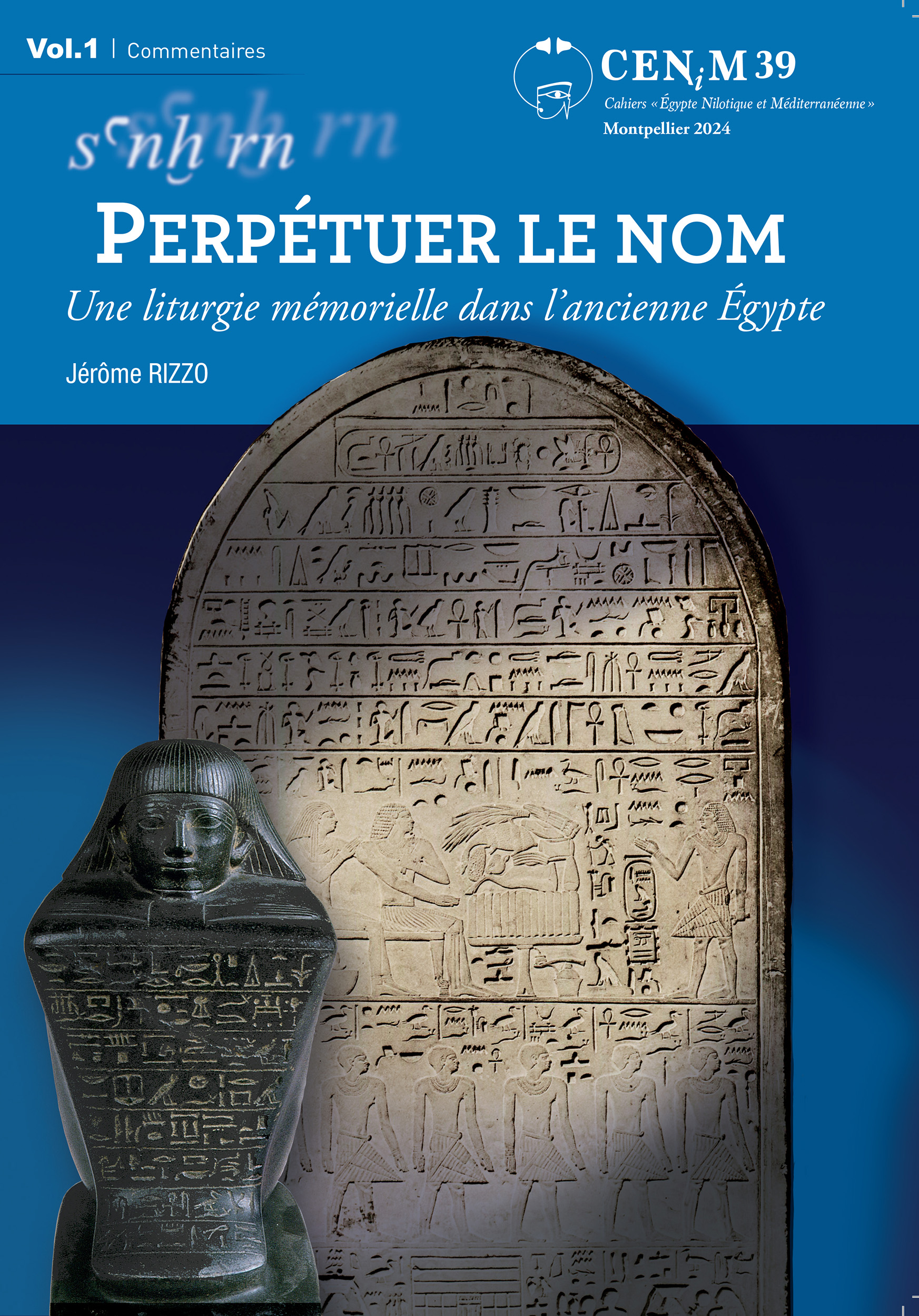
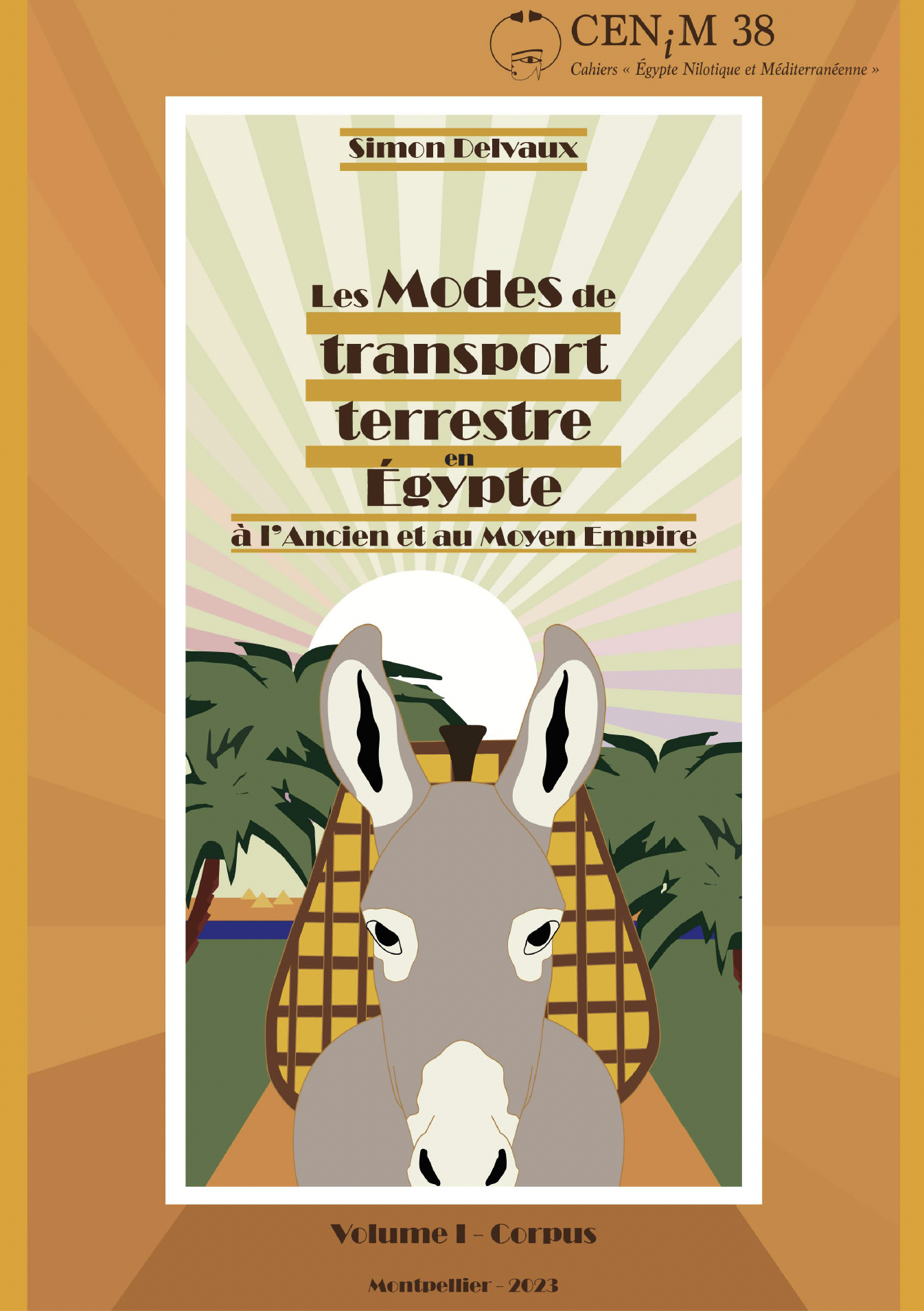
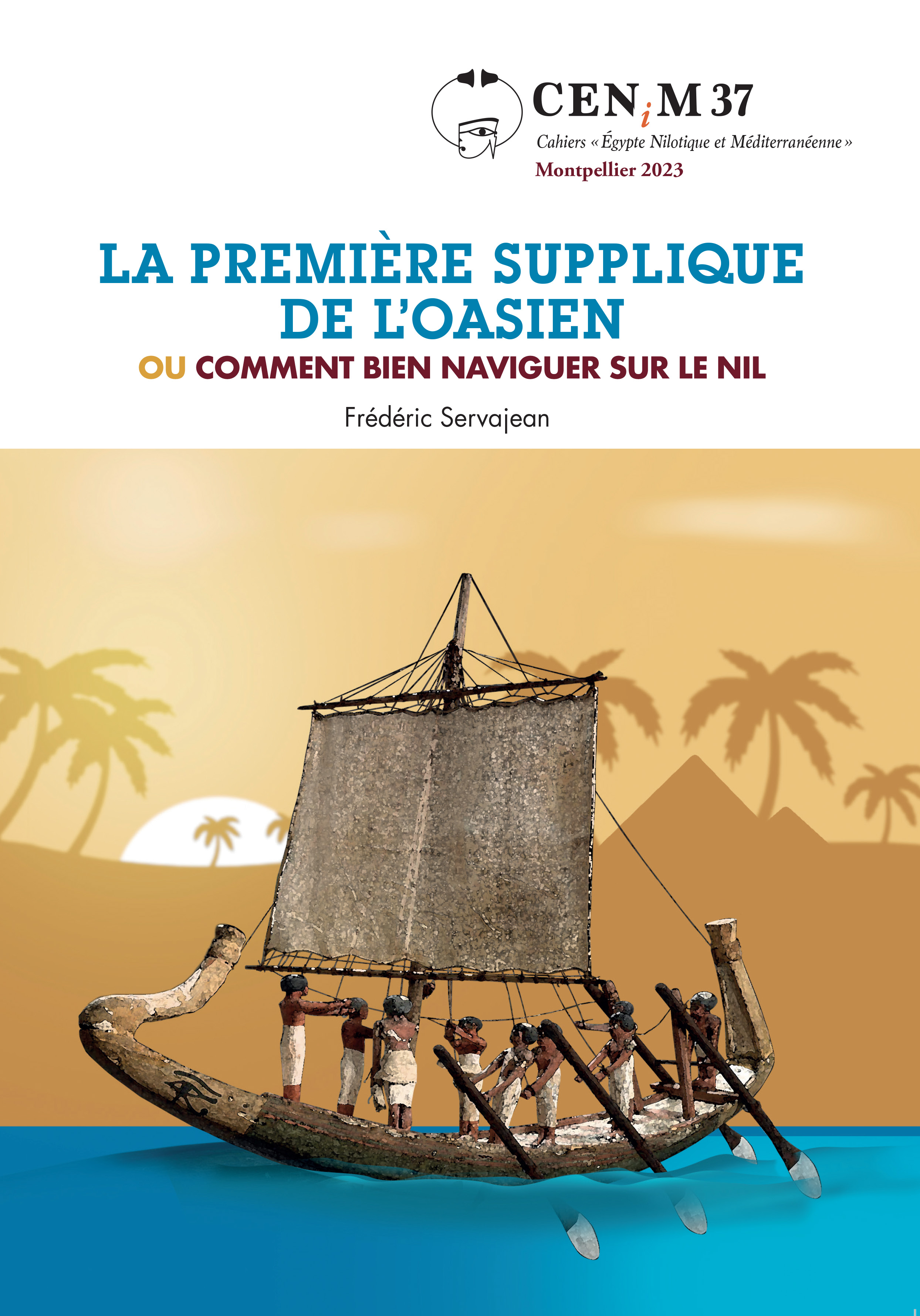
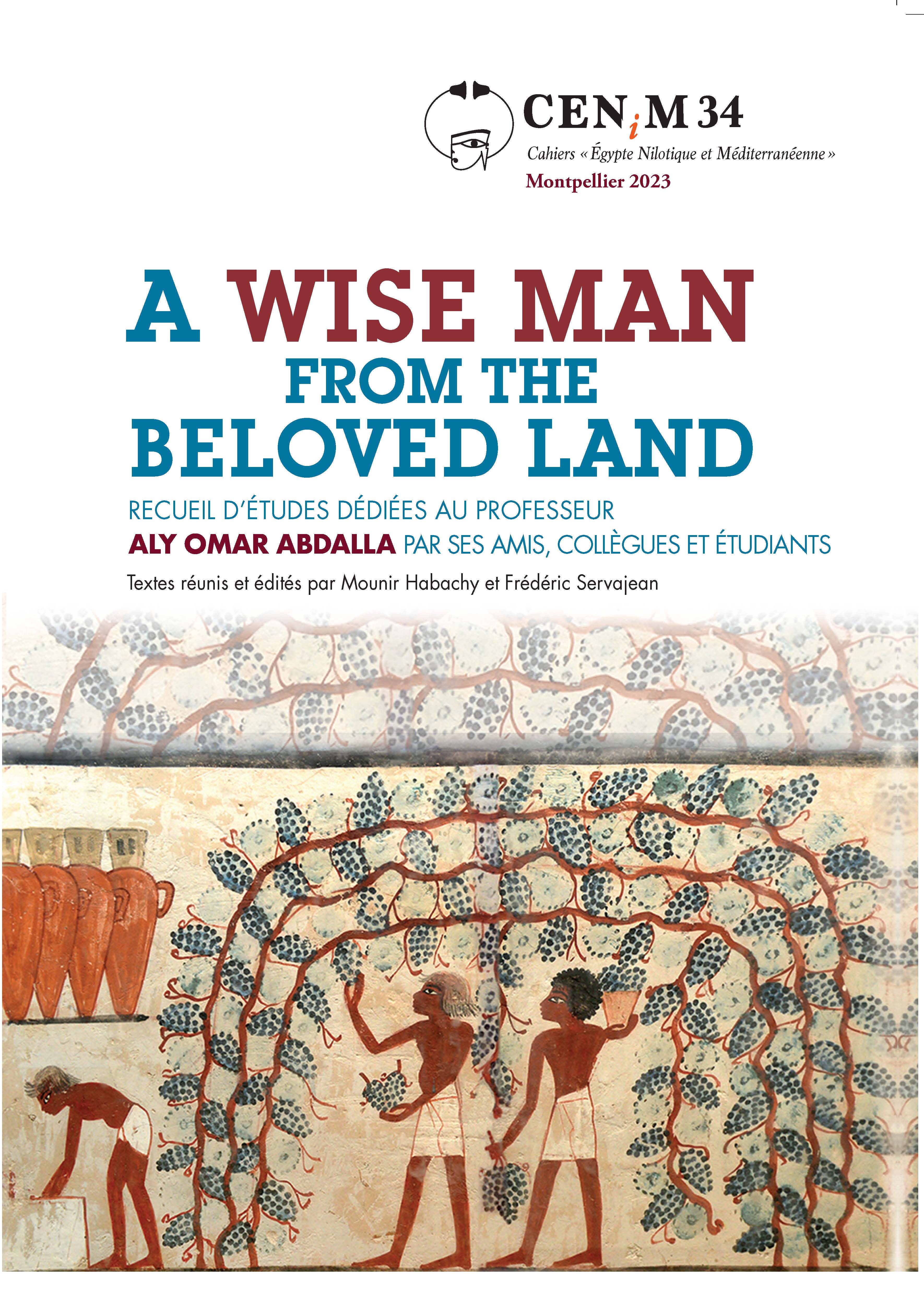
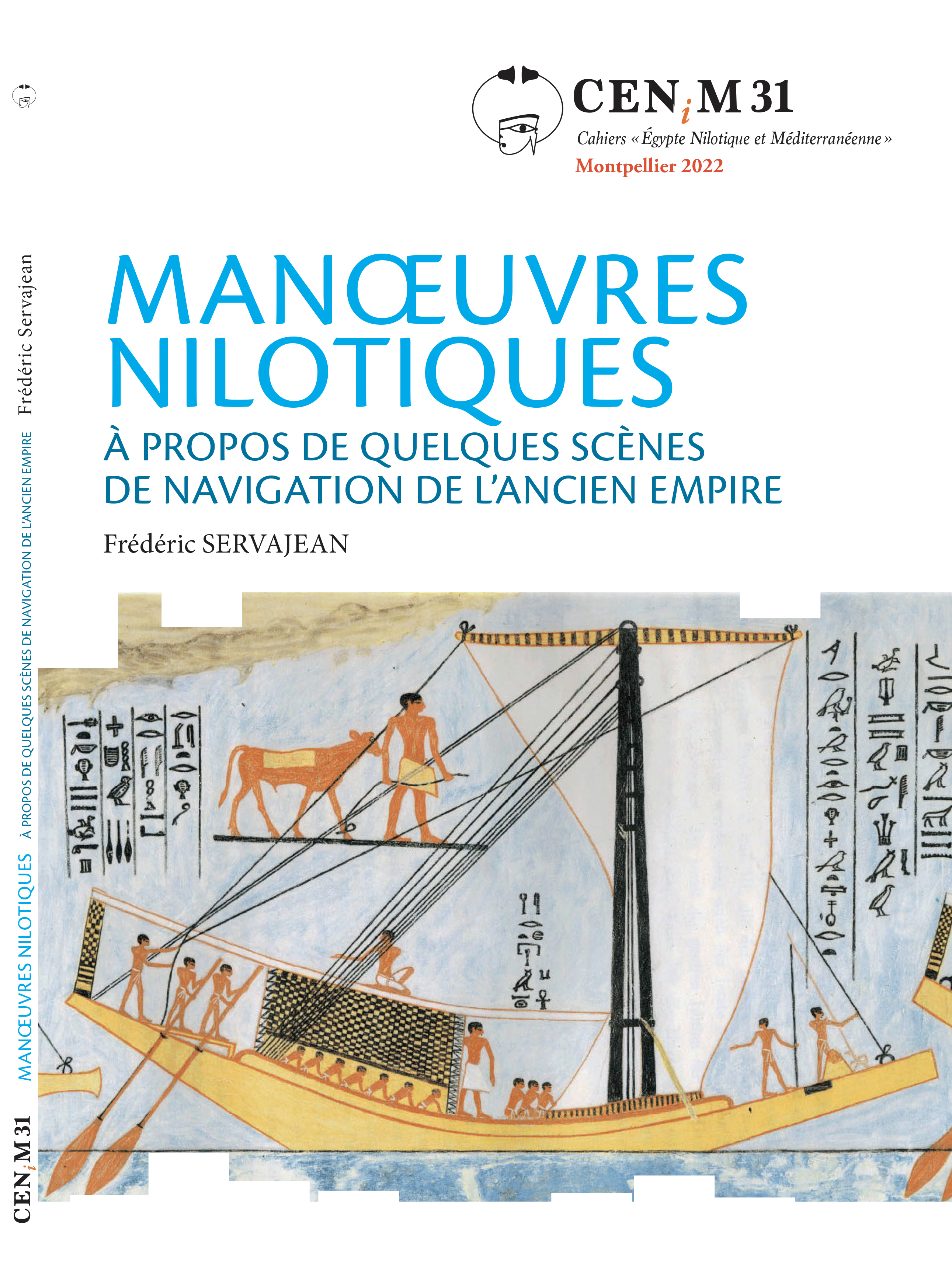
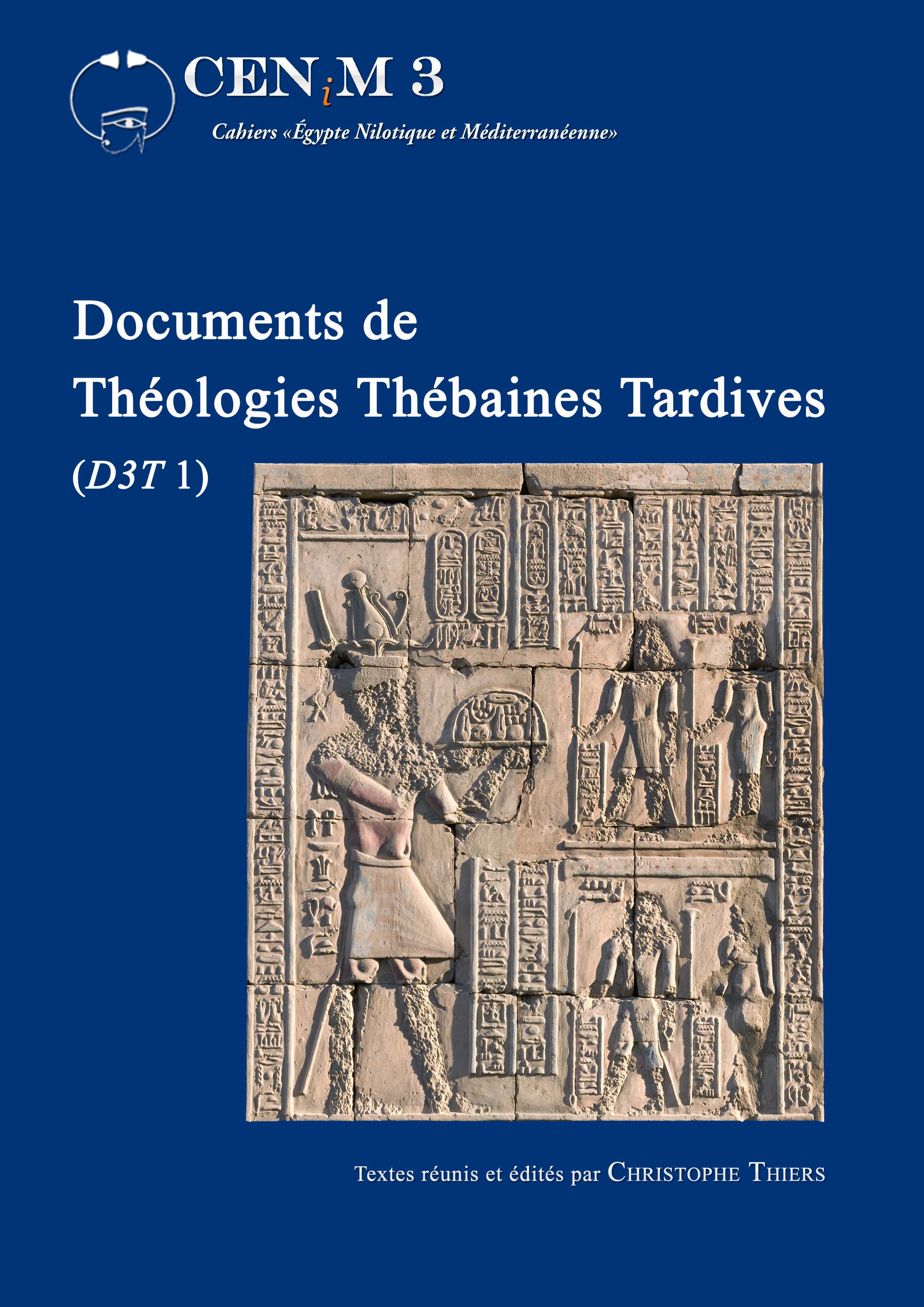
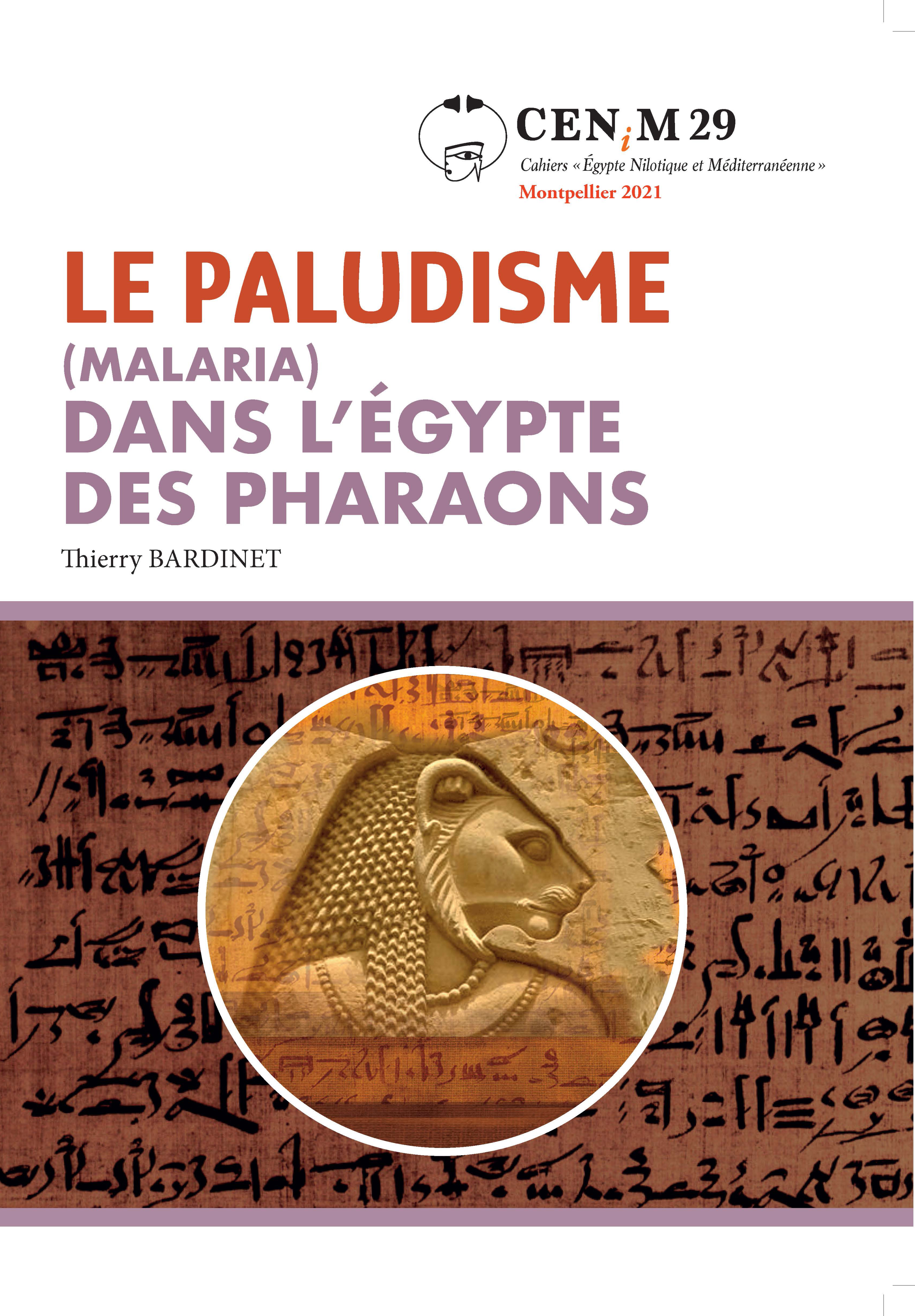
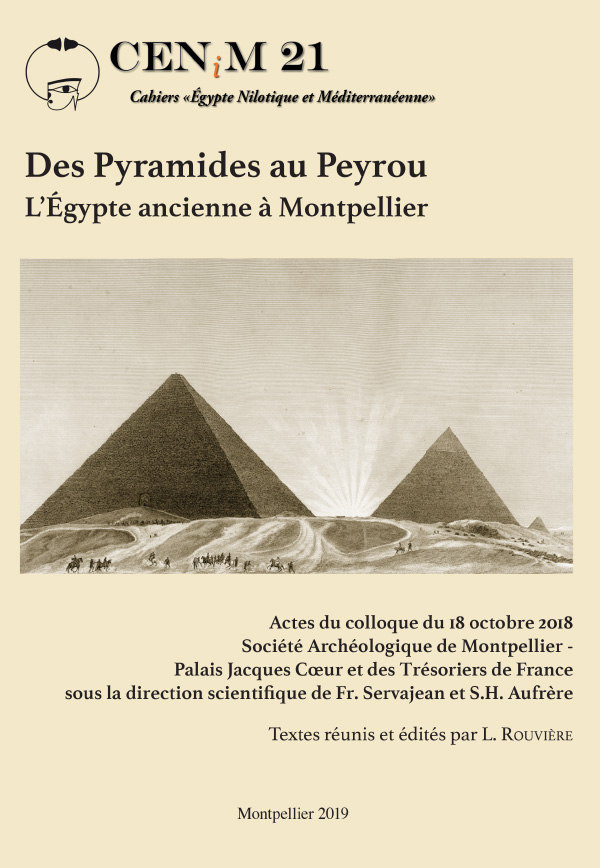
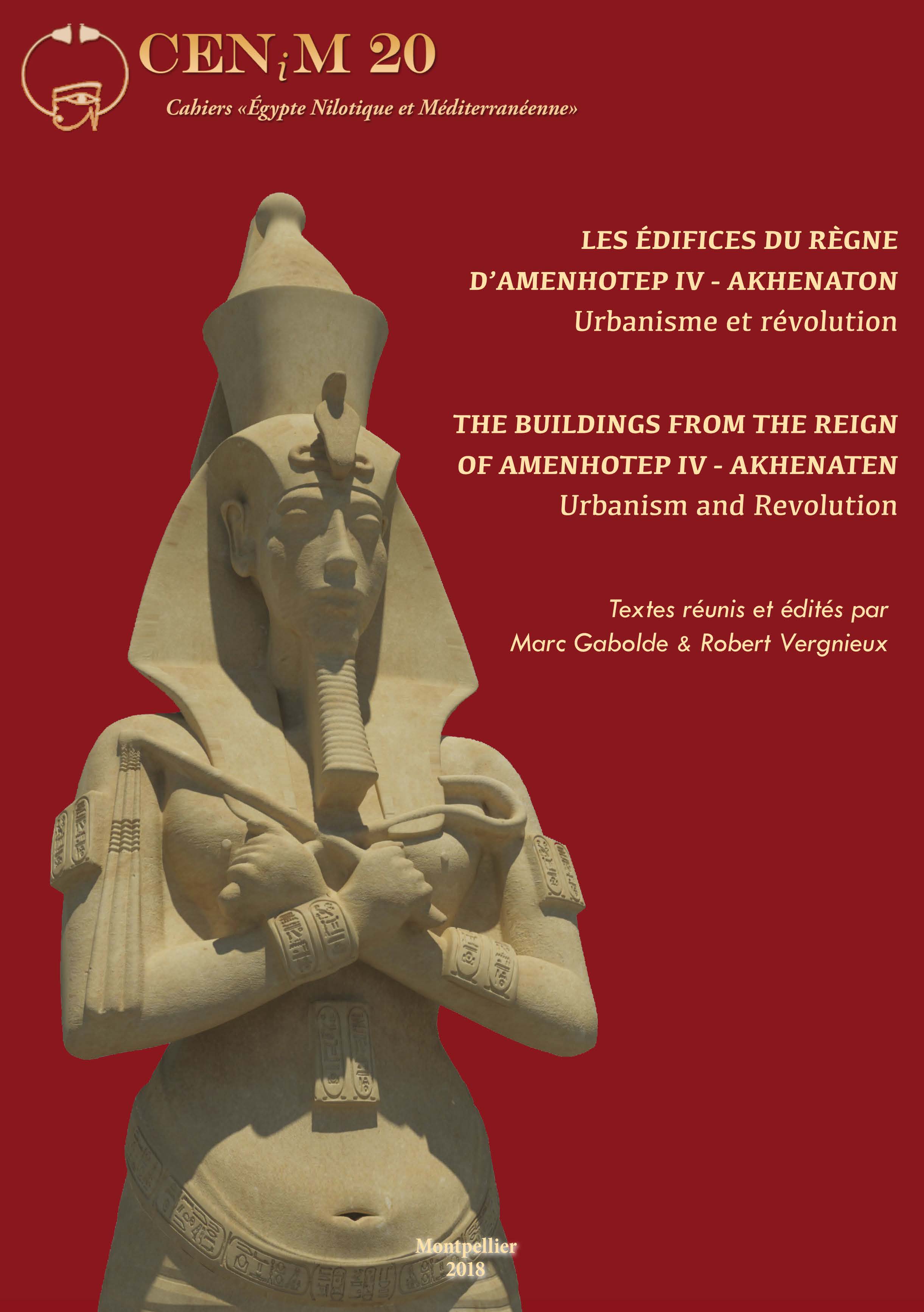
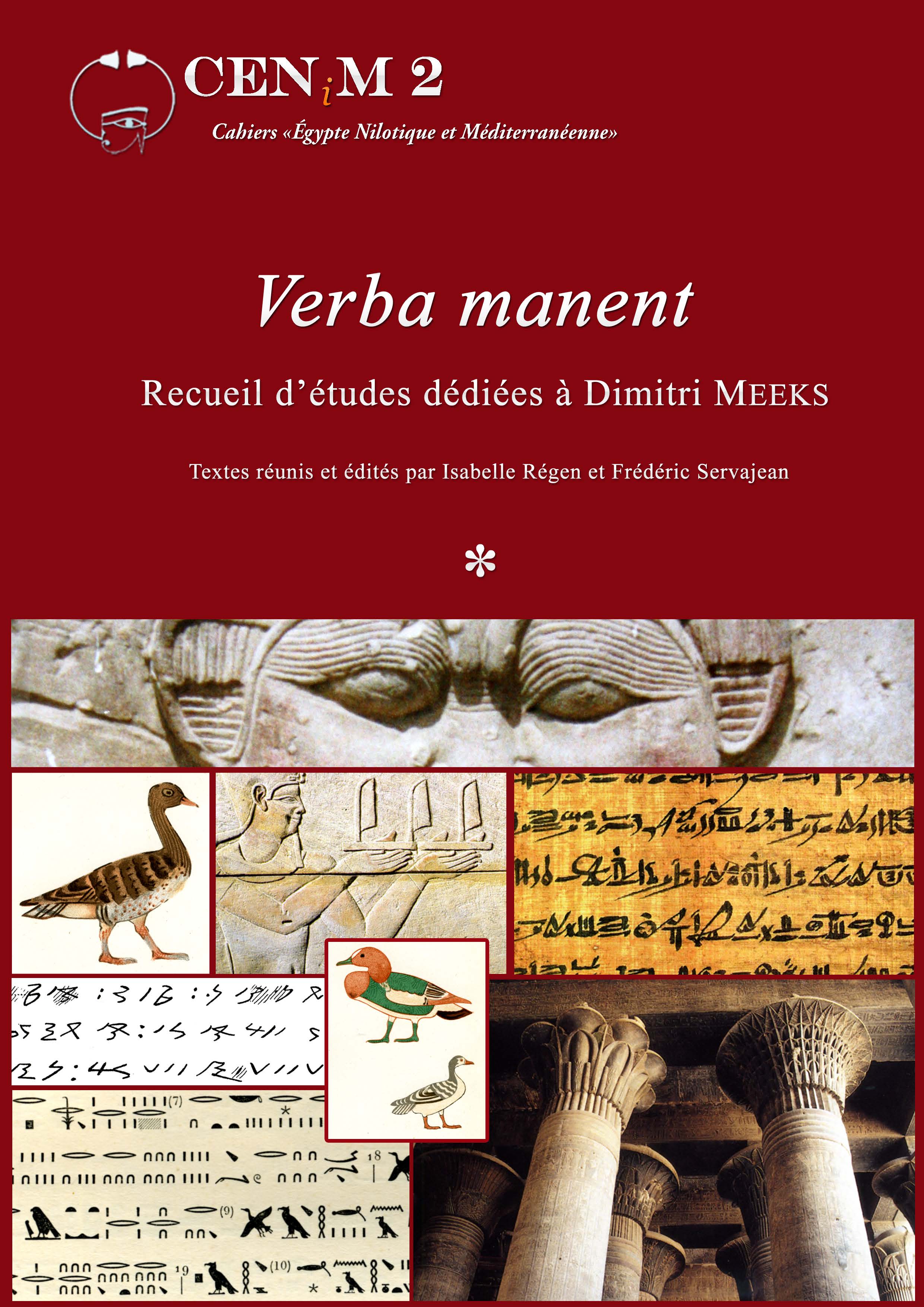
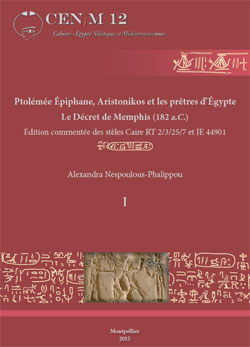
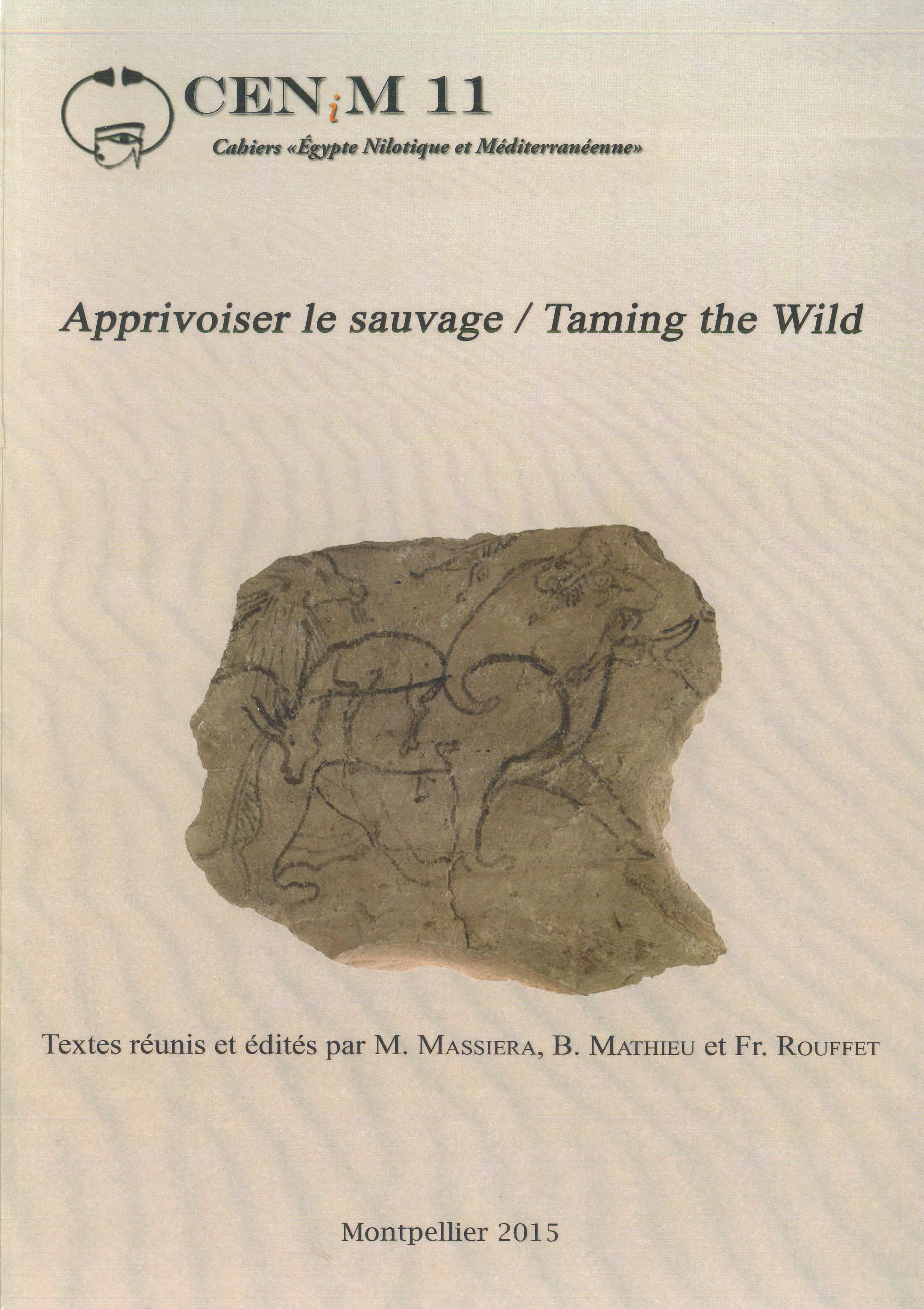
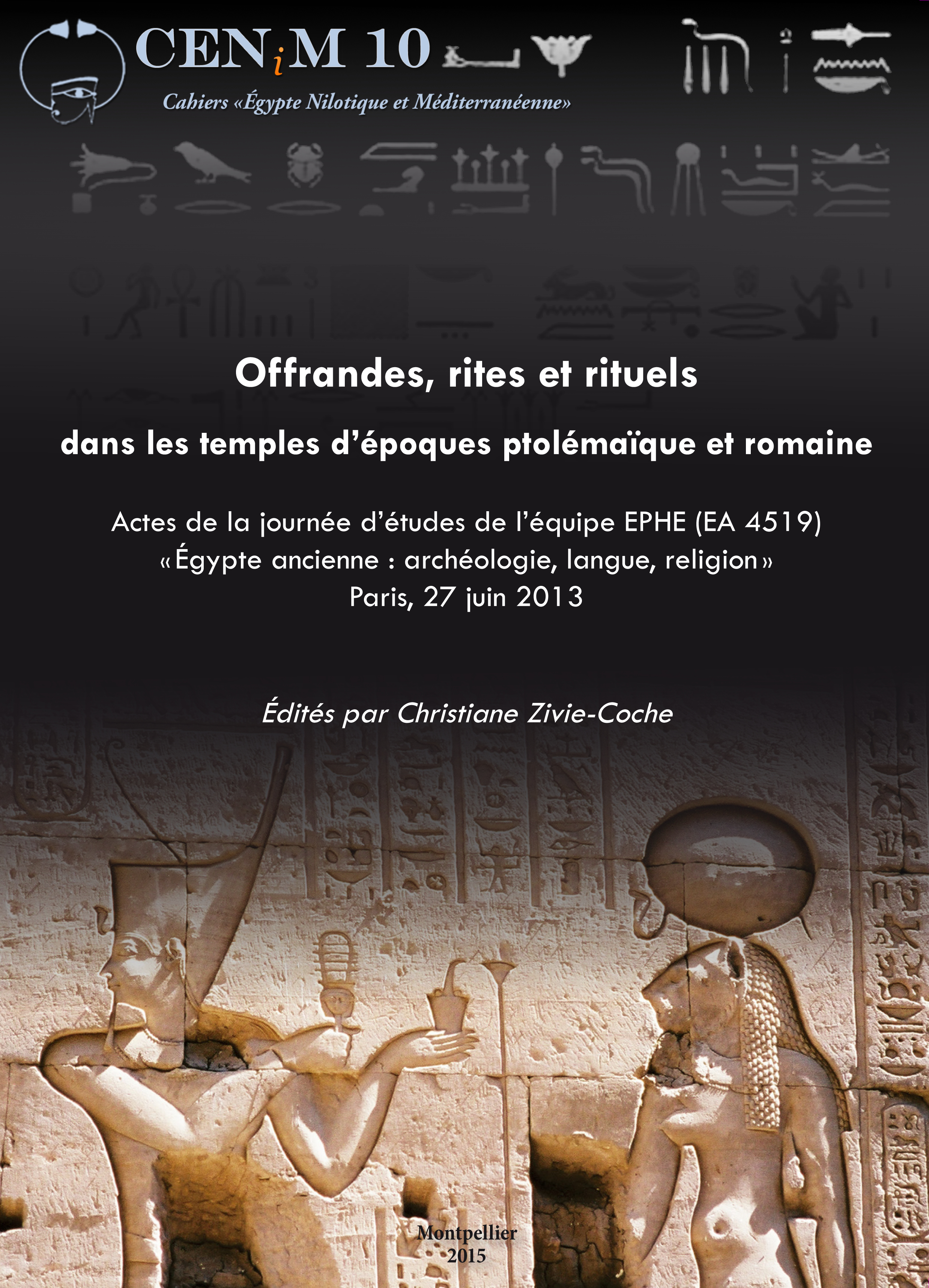
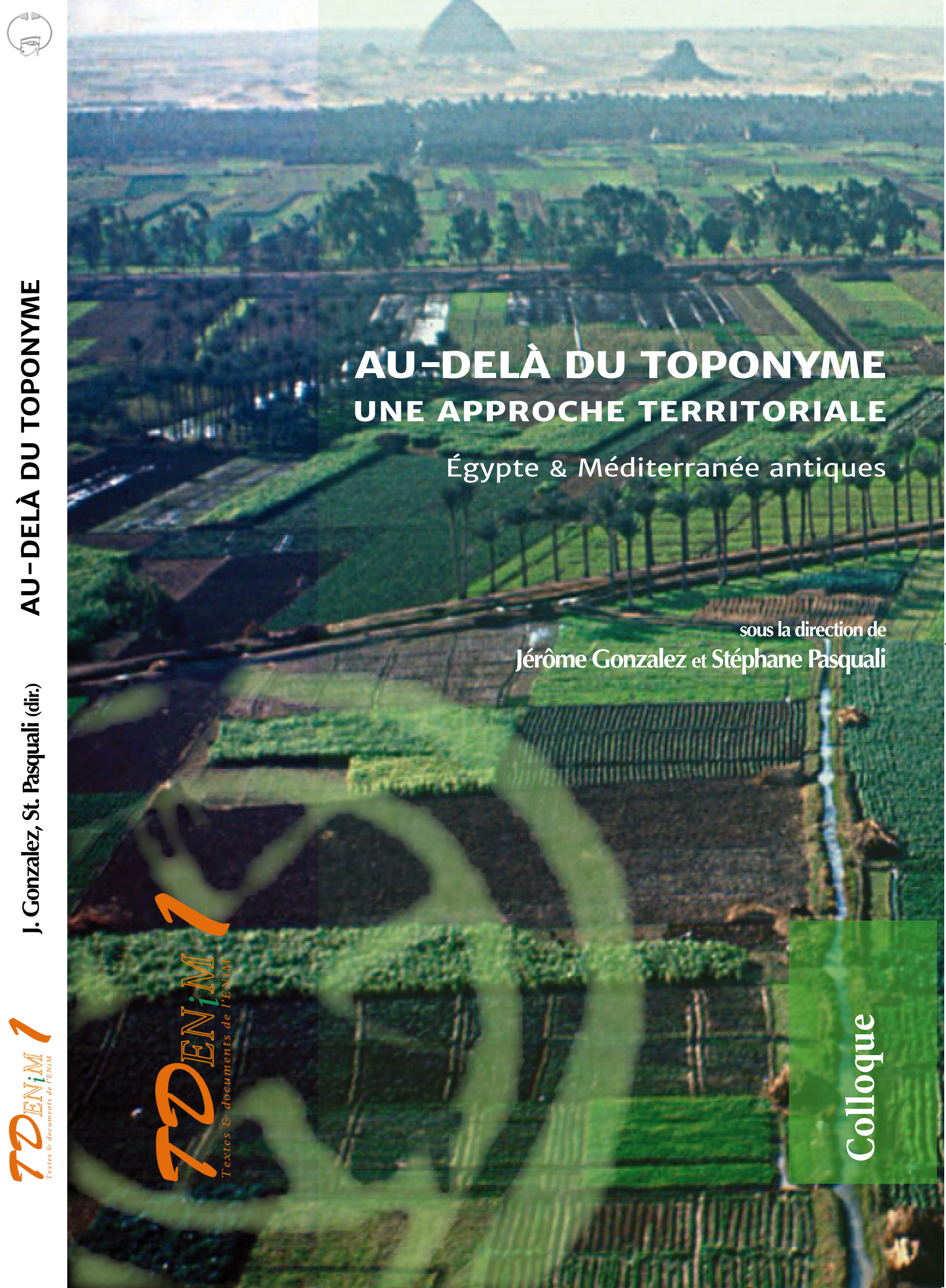
 Contact
Contact
 Abonnez-vous !
Abonnez-vous ! Équipe Égypte Nilotique et Méditerranéenne
Équipe Égypte Nilotique et Méditerranéenne UMR 5140 « Archéologie des Sociétés Méditerranéennes » (Cnrs)
UMR 5140 « Archéologie des Sociétés Méditerranéennes » (Cnrs) Université Paul Valéry - Montpellier III
Université Paul Valéry - Montpellier III